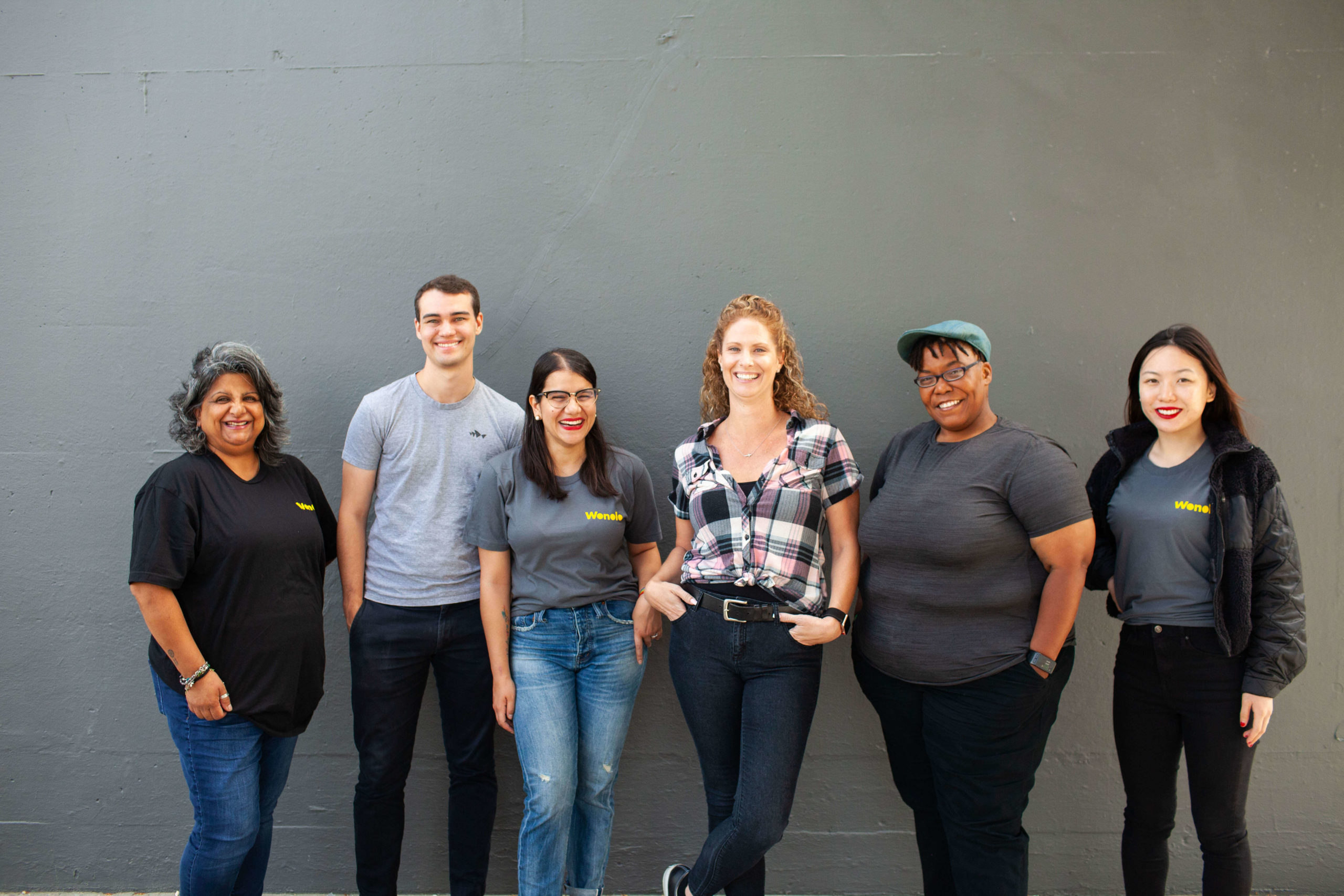Wonolo
As the novel coronavirus pandemic continues, many businesses are scrambling to stay nimble and react to market changes. Some industries have seen demand spikes, such as e-commerce (because let’s be honest, we are all ordering more things online), outdoor equipment, and delivery services; while others may be continuing to see stagnation or even decreases in demand, such as salons, gyms, and movie theaters. Not to mention, many leaders are wondering about seasonality, determining if the pandemic will impact their busiest time of year. No matter your industry, utilizing contingent workers can offer myriad advantages. However, working with contingent workers can be complex and vary greatly from how you work with your traditional workforce. That’s why it’s imperative to learn best practices for working with contingent workers as well as being aware of some pitfalls to avoid.
Contingent workers defined
Contingent workers are all types of non-salaried workers, such as independent contractors, temps, advisors, consultants, and the like. These workers hold temporary positions with companies, often doing part-time or project-based work, and they can provide greater workforce management flexibility.
Contingent worker numbers in the U.S.
It can be hard to know exactly how many people are contingent workers, but the number is growing. In fact, it is projected that by 2023, more than half (52%) of the US workforce will either be gig economy workers or have worked independently at some point in their careers (MBO Partners).
Why the shift? First, technology has made it easier for companies to access and connect with available local talent on demand. Secondly, the uncertainty during the pandemic has caused organizations to evaluate their workforce models, resulting in many choosing contingent workers as a complement to their full-time employees.
Best practice: Make everybody feel respected and welcome
We’ve all joined a group, started a job, or showed up to an event and felt something other than that warm, fuzzy feeling of inclusion. Not fun, right? It’s not any different for contingent workers. Regardless of the length of tenure or classification, disrespect or a lack of appropriate inclusion can reduce their motivation. What’s more, it could dissuade these workers from later considering longer-term engagement (via contracting or full-time employment). By making the working experience great, there is a higher chance they might want to continue working with your organization in the future.
Case Study: Eyemart Express, a provider of designer frames and prescription eyeglasses and a Wonolo customer, posts its company values (openness, opportunity, compassion, Kaizen, and trust) for all workers to see. They seek these values in everyone they work with – from full-time employees, to vendors, to contingent workers. They also publicly display the list of individuals who have recently chosen to leave the Eyemart Express family, allowing reflection on how they can prevent this from happening in the future.
Pitfall: Treating your contingent workers exactly like employees
Once you’ve mastered helping contingent workers feel welcome and respected, it can be tempting to treat them exactly like your employees. Before you do that, it’s imperative you familiarize yourself with the laws that govern independent contractors (this is also a great time to engage your legal counsel for guidance).* In the employer/employee relationship, the employer can control exactly who does what work, how that work is done, where it’s done, and how long the work must be done. However, the same does not hold true for independent contractors. If you are looking for workers you can control from soup to nuts, you probably need to classify them as employees.
Best practice: Creating and measuring success metrics for contingent workers
As mentioned previously, contingent workers can be very important to the success of your business. Thus, creating, measuring, and sharing success metrics for and with contingent workers can be a key component for maximizing success. Whether it’s warehouse productivity measurements or new customer acquisitions, set the metrics before his/her start date. This allows you to accurately measure performance throughout the entirety of his/her work period.
Case Study: Eyemart Express posts clear and visible goals throughout its warehouses, indicating which team and subsequent teammates are accountable for each goal. Eyemart Express has similar goals for contingent workers.
Pitfall: Leaving data and communication silos intact
While tracking the output of contingent workers, don’t lose sight of the big picture. Many companies have robust ways to measure productivity for a team of employees or workstream, but find it more difficult to examine the relationship between individual projects and the macro picture of success.
When you set up your success metrics, you may want to consider including cross-functional metrics and collaboration goals. Also, think about the teams that might be impacted by your contingent workers. For example, bringing on contingent warehouse workers might put a strain on human resources. Or reversely, if the process is efficient and well-run, it could free-up human resources for more-strategic projects. However, you can’t measure the success of your contingent worker program without knowing how it impacts the rest of your organization.
Best practice: Evaluate your technology stack
Temporary workers often have immediate availability, meaning you can flex quickly, and by their very nature are only going to be with your company for a set period of time or project. This flexibility is also why it’s important to evaluate your technology to help lessen the burden of bringing contingent workers into the fold.
The technology you consider might include a vendor system designed specifically for this purpose, allowing HR to work more strategically with contingent workers. Whatever technology you implement, you may consider whether it should be seamless to find, engage, pay, and eventually separate from the worker. Any gaps in the process can lead to delays and inefficiencies.
Pitfall: Spending too much time on back-office tasks
It’s easy to get bogged down by back-office responsibilities that come with contingent workers. If you’re only engaging a couple of workers, these manual processes don’t seem too burdensome. In fact, it might feel like it would take more time to automate these processes than to simply do them.
No problem, right? But what if your company decides it needs 50 contingent workers this week? Suddenly, what was once a one-off task threatens to become the bulk of your work. When working with contingent workers, it’s essential to set up automated processes from the start. Always be ready to scale up, so when the number of contingent workers grows it’s easy for you to keep up.
The future of contingent work
So what does the future hold for contingent workers? In light of COVID-19, Gartner has found that “organizations will continue to expand their use of contingent workers to maintain more flexibility in workforce management post-COVID-19.” Contingent work seems likely to continue to grow in the future, meaning that an effective grasp on this process will only become increasingly more important.
*This blog is one of a series meant to provide educational information. Nothing herein should be interpreted to constitute legal advice or to keep you from seeking the advice of legal counsel.






